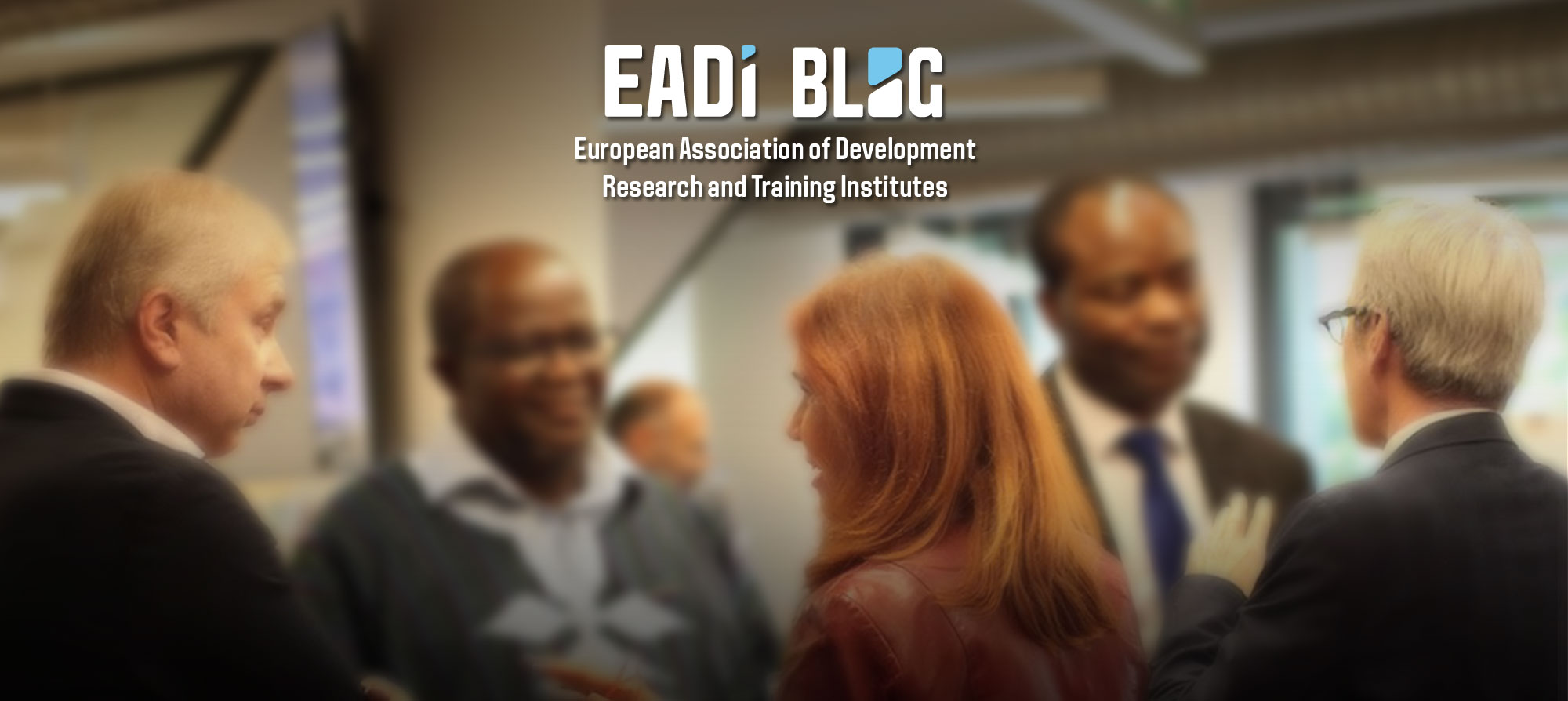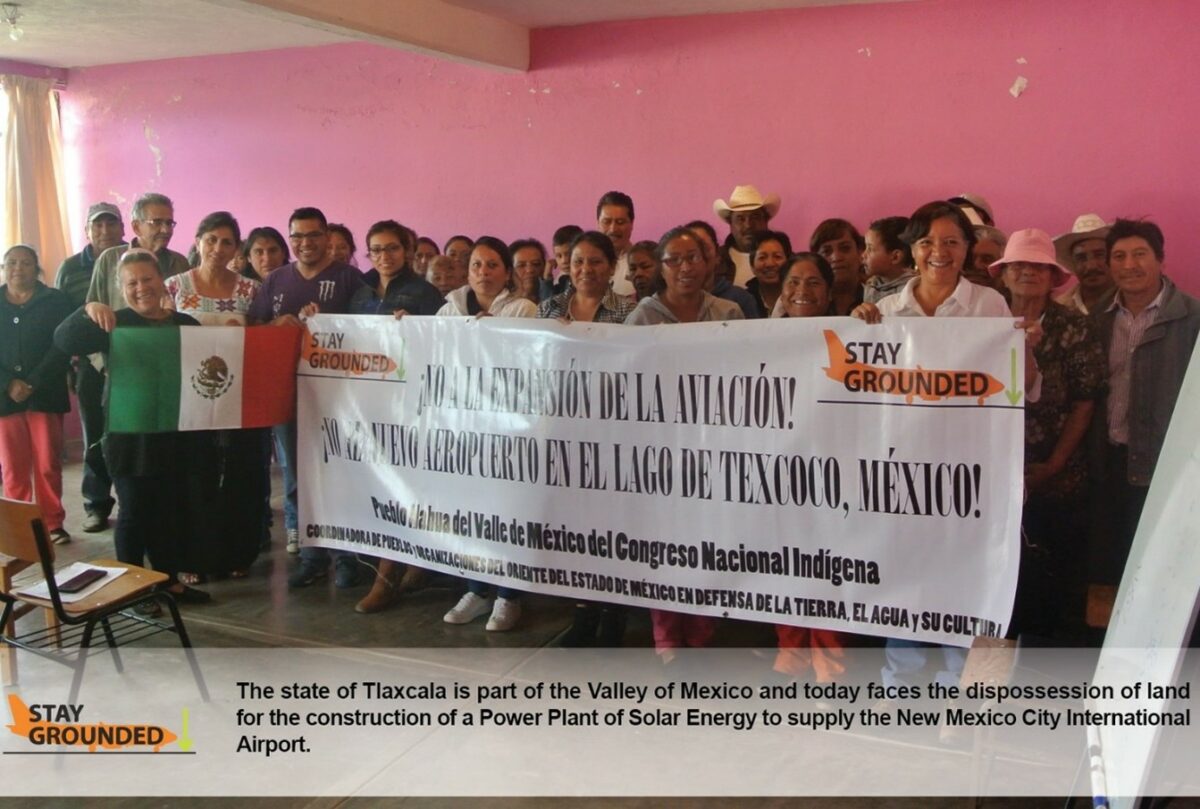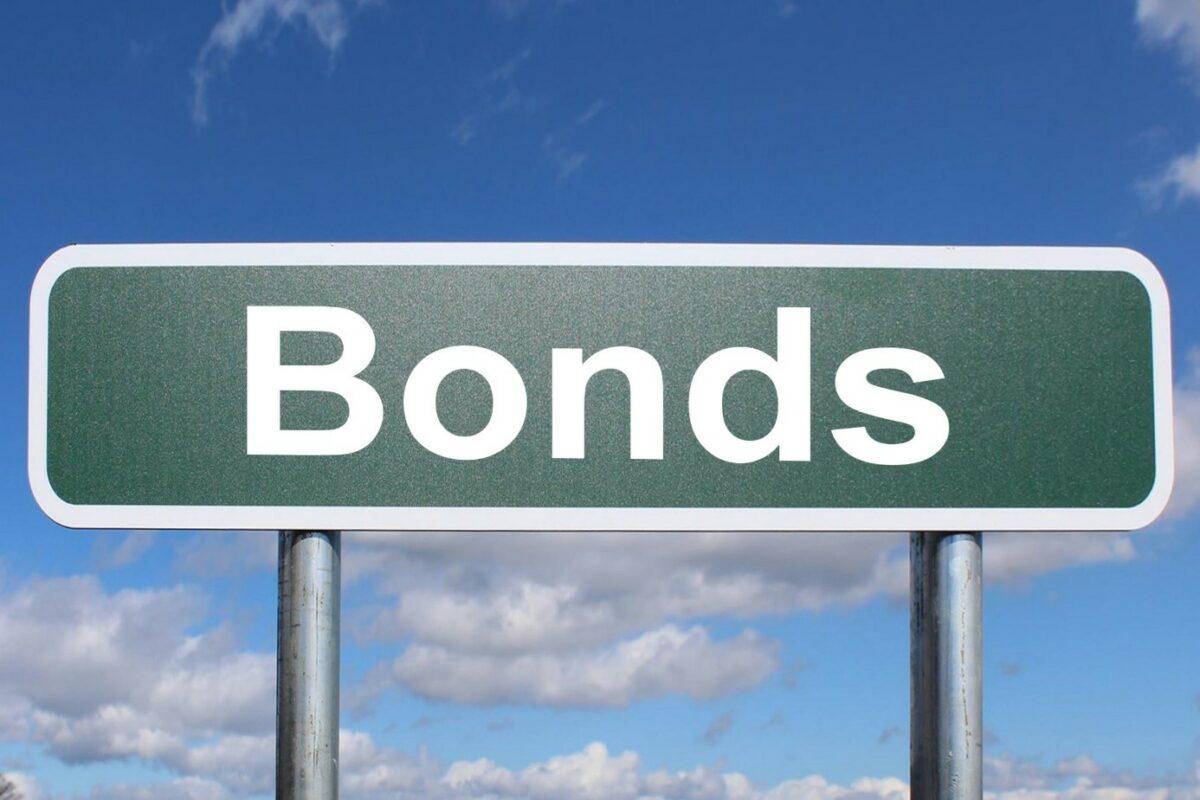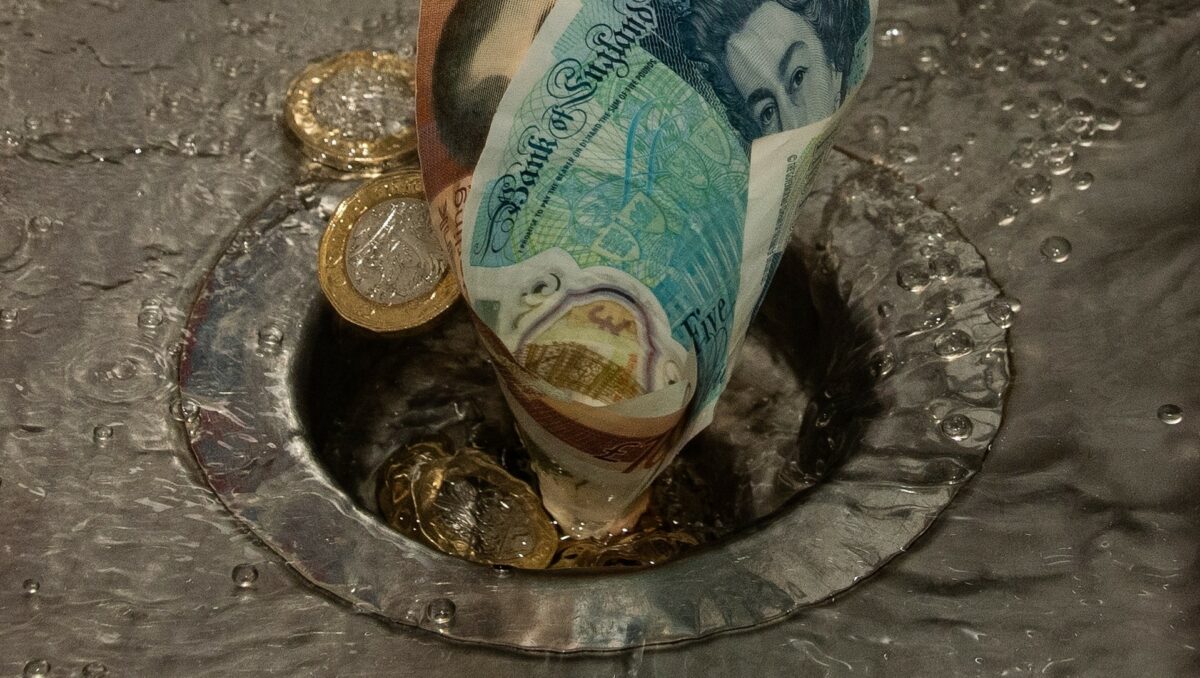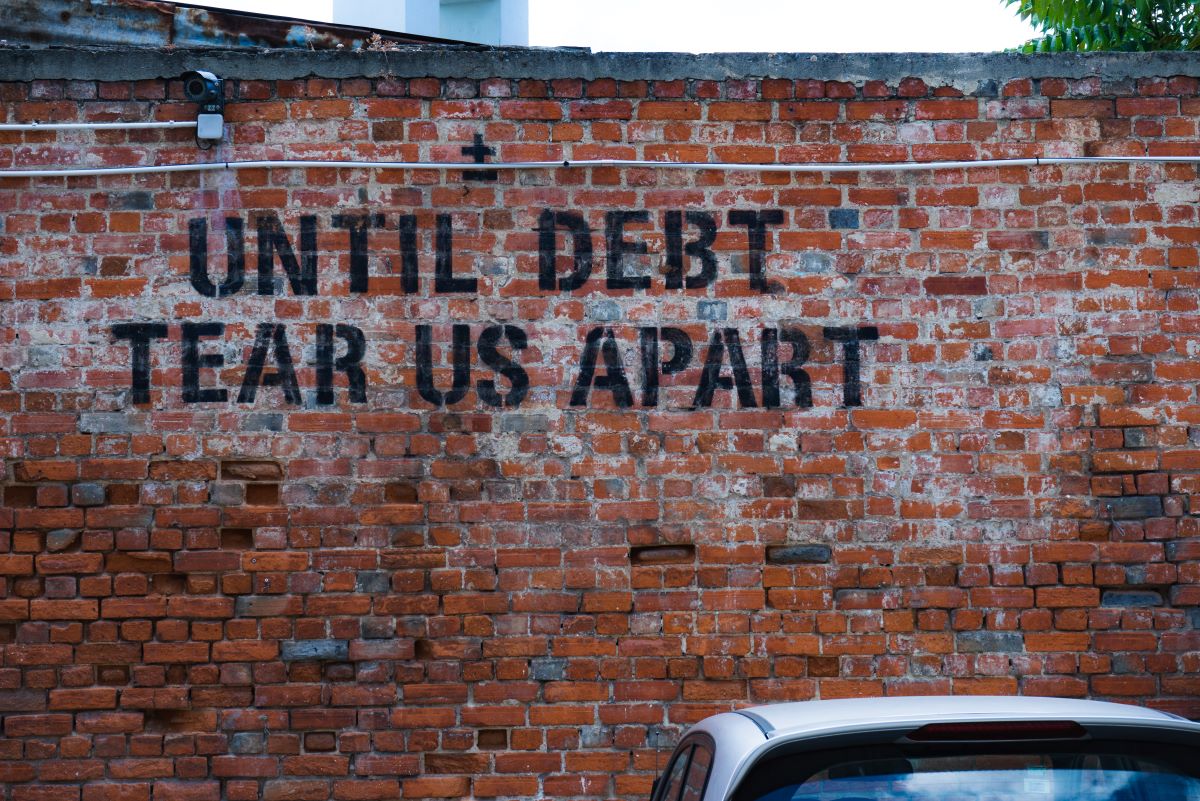By Héctor Herrera / Debt and Green Transition blog series
Over the last few years, two parallel processes have unfolded in Latin America and the Caribbean (LAC). They are seldom considered together, but must be analyzed as intersecting: the drafting and implementation of the Escazú Agreement on environmental participation, and the expansion of the green bond market. I argue that green bonds, debt securities labeled as climate-environment-related and issued to borrow money from the financial market, need to be analyzed in combination with the Escazú Agreement, and with adequate policy action. Likewise, before any other climate finance instruments are tested, a legal and financial infrastructure should be set up to guarantee the basic protections reiterated by the Escazú Agreement: respect for the life and integrity of environmental defenders, access to environmental information, effective environmental participation, and access to justice in environmental matters.
Continue reading “Green Finance under the Escazu Agreement”